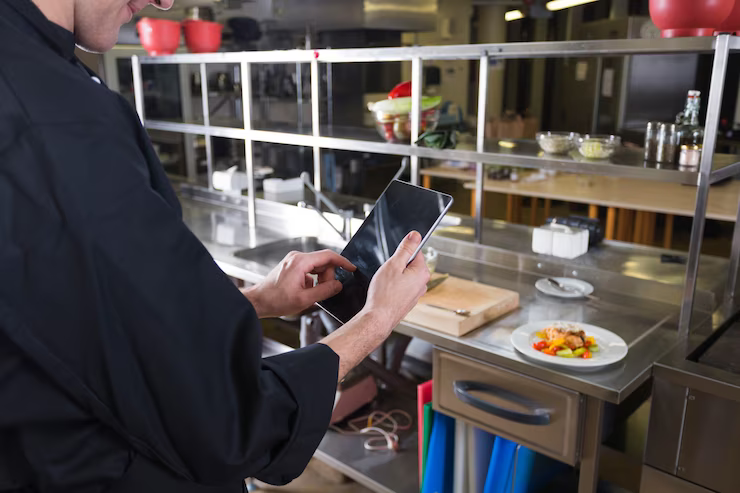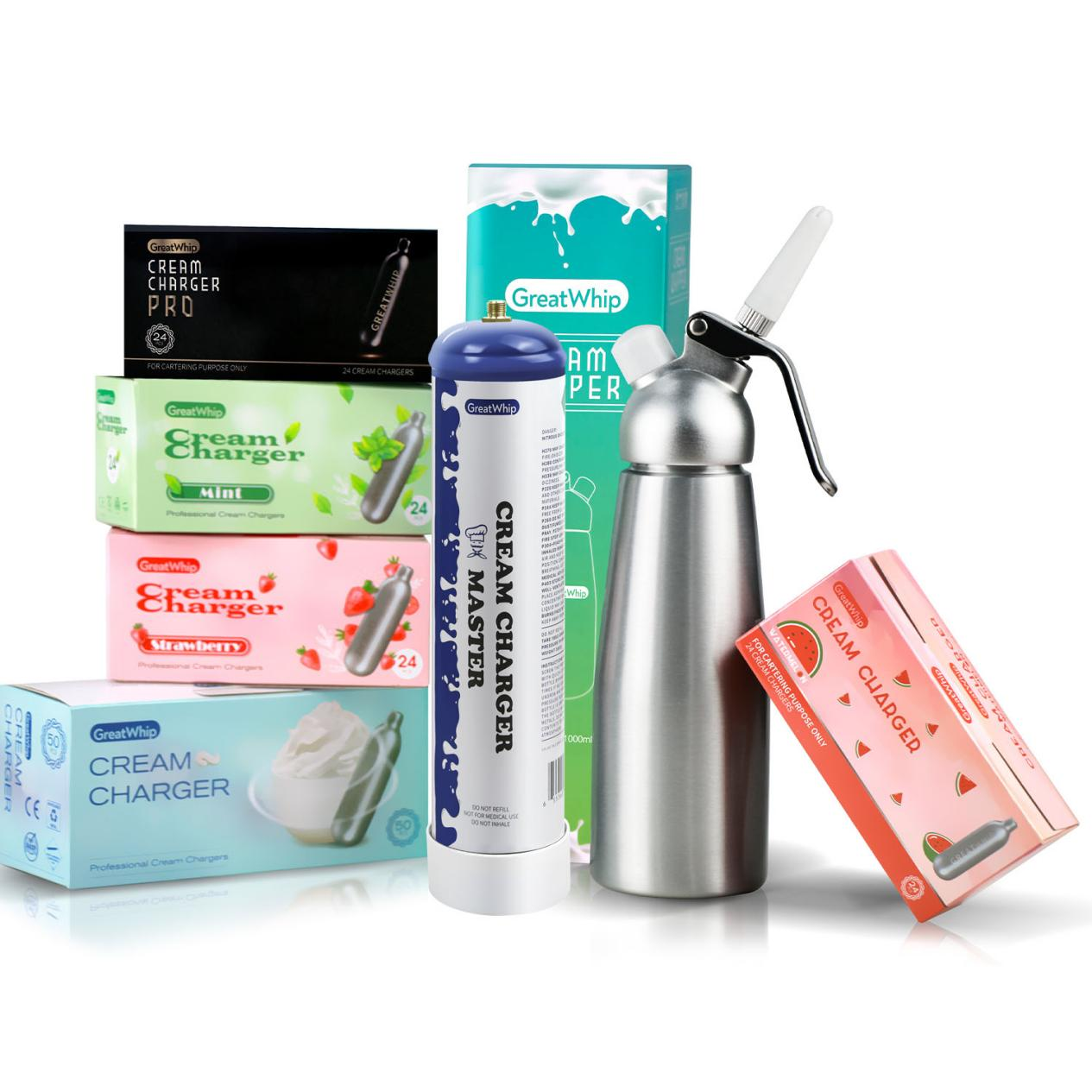Keeping track of the inventory for your restaurant can be a daunting task, as you need to carefully manage stock levels and ensure that orders are placed and received in a timely manner. The success of any restaurant relies heavily on its ability to efficiently manage its inventory, so it’s essential to ensure that processes are in place to optimize your operations. This blog post will provide an ultimate guide to inventory management for restaurant, covering best practices and recommending platforms for successful inventory optimization.
Introduction to Inventory Management for Restaurant
An effective restaurant inventory management system is critical for any food service business. The right platform can help you optimize your inventory, reduce waste, and improve your overall operations.
In this guide, we’ll cover everything you need to know about restaurant inventory management, including best practices and platforms that can help you streamline your process.
We’ll start by discussing the basics of restaurant inventory management, including what it is and why it’s important. Then, we’ll share some tips for streamlining your inventory process. Finally, we’ll introduce you to some of the best software platforms for managing your restaurant’s inventory.
By the end of this guide, you’ll have a better understanding of how to manage your restaurant’s inventory effectively.
Benefits of Optimizing Your Inventory
1. Increased profits: Optimizing your inventory can help increase your profits by ensuring that you have the right products in stock at the right time. This can help you avoid costly overstock and shortages, which can eat into your profits.
2. Improved customer service: Keeping a well-optimized inventory can help improve your customer service levels by ensuring that you have the products they need in stock when they need them. This can help reduce wait times and keep your customers happy.
3. Greater efficiency: An optimized inventory can help make your restaurant more efficient by streamlining your operations and reducing waste. This can save you time and money, which can be reinvested back into your business.
4. Reduced costs: Optimizing your inventory can also help reduce your overall costs by eliminating waste and improving efficiency. These savings can be reinvested back into your business or used to improve your bottom line.
Best Practices for Restaurant Inventory Management
The first step to effective restaurant inventory management is understanding your cost of goods sold (COGS). This includes the cost of ingredients, labor, and overhead associated with each dish on your menu. Knowing your COGS will help you set menu prices that cover your costs and allow you to make a profit.
Once you know your COGS, you can start tracking inventory levels and implementing systems to keep track of what needs to be ordered and when. There are a few different ways to do this, but the most important thing is to find a system that works for your restaurant and stick with it.
One popular method for tracking inventory is using par levels. This involves setting minimum and maximum thresholds for each item in your kitchen and then ordering more when you reach the minimum threshold. This ensures that you always have enough of each ingredient on hand without over-ordering and wasting money.
Another common method is cycle counting, which involves taking inventory of a certain number of items each day or week until every item in your kitchen has been accounted for. This helps identify problems early so they can be corrected before they cause major issues.
Whichever system you choose, it’s important to train all employees on how to use it properly. They should know where to find information about what needs to be ordered and when, how to input new data into the system, and how to spot errors.
Restaurant Inventory Management Platforms
If you’re looking for a comprehensive guide to restaurant inventory management, look no further! This guide covers everything from best practices to platforms and software that can help optimize your inventory.
When it comes to managing restaurant inventory, one of the most important things to keep in mind is freshness. That’s why it’s important to have a system in place that can track expiration dates and help you rotate stock accordingly.
There are a number of different software platforms and apps that can help with this, so it’s worth doing some research to see what would work best for your business. Some of our top picks include:
– FreshBooks: This accounting software includes an inventory management system that can track expiration dates and help with order tracking and invoicing.
– Orderly: This app is designed specifically for restaurants and includes features like dish photos and ingredient tracking.
– Jalebi: Another great option for restaurants, this platform offers features like dish costing, recipe management, and nutritional information.
– Sprout Social: While not specifically designed for restaurants, this social media management platform includes an inventory feature that can be used to track stock levels and social media mentions.
No matter which platform you choose, the important thing is to find one that works for you and your business. With the right tools in place, you’ll be well on your way to optimizing your restaurant’s inventory!
How to Choose the Right Platform for You
The restaurant industry is a trillion-dollar industry, and inventory management is a critical part of any food service operation. Whether you’re a small mom-and-pop shop or a large chain, managing your inventory effectively can mean the difference between success and failure.
There are many different restaurant inventory management platforms on the market, so how do you know which one is right for you? Here are some things to consider when choosing a platform:
1. Ease of use: The last thing you want is a platform that’s difficult to use or requires hours of training. Look for something easy to set up and use so you can get started quickly.
2. Scalability: As your business grows, you’ll need a platform that can grow with you. Make sure the platform you choose can scale to meet your future needs.
3. Integration: A good inventory management platform should integrate with your other business systems, such as your POS system and accounting software. This will make it easier to track and manage your inventory data.
4. Cost: Of course, the cost is always a consideration when choosing any business software. Be sure to compare pricing plans and find one that fits within your budget.
Take some time to research different restaurant inventory management platforms and find one that meets your needs. With the right platform in place, you’ll be able to better manage your inventory and keep your business running smoothly.
Conclusion
Restaurant inventory management is a crucial part of running a restaurant. With the right tools and best practices, you can optimize your inventory levels to save money and increase profits. Finding the perfect platform for managing your inventory is key in order to stay organized and making sure that everything runs smoothly. We hope that this guide has given you some ideas about how to go about optimizing your restaurant’s inventory system so that it works best for you!





